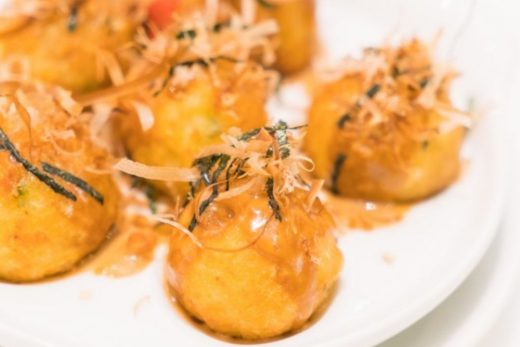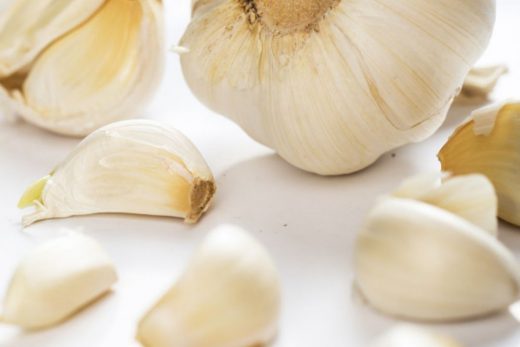“Nothing ever goes to waste,” notes Gutierrez-Sumner, of the community’s ingenuity and agricultural knowledge. She recalls how her great-great-grandmother taught generations of her family how to be efficient with ingredients. “She was savvy. She knew that if she grated the coconut and she squeezed the first milk out of the coconut without adding water, that was going to be her butter,” shares Gutierrez-Sumner. “She knew that once she added water, the water that she added at first was literally the water that came out of the coconut, so she squeezed that into another pot… that’s going to be the second milk that she uses for baking. And then the third [pressing] is where she adds warm water to make sure that all the oils from the coconut are coming out. Then she’d have three buckets of milk”—all of which would end up in meals and sweets.
These days, some Garinagu use canned coconut milk in their home recipes, because for a cuisine to survive, the diaspora must adapt. Though hudutu is traditionally a very labor-intensive process, involving the use of a large mortar and pestle to pound the plantains into a textured mass, Castillo uses a food processor to speed things up. The more hudutu she’s able to make, the more she’s able to sell—increasing the likelihood of introducing the cuisine to a wider, ever-hungry audience.





